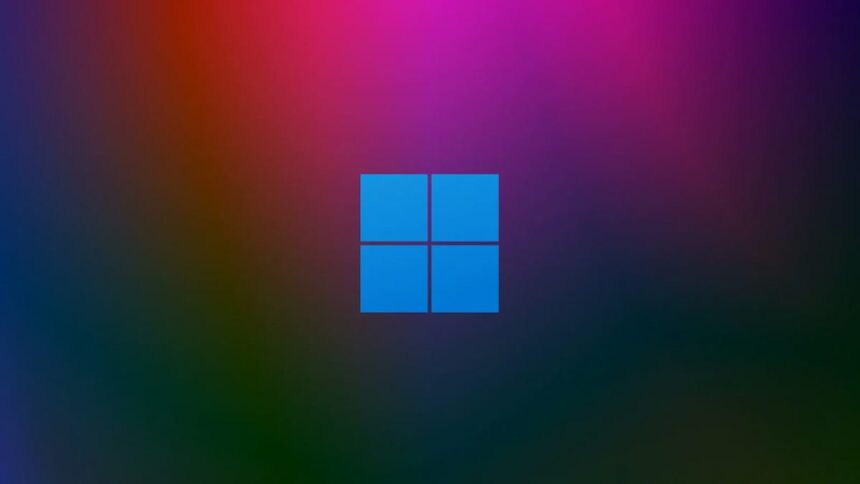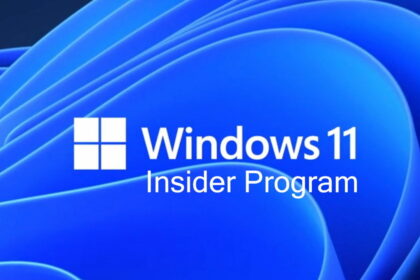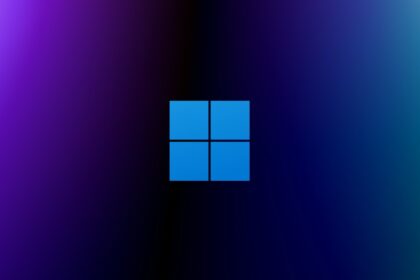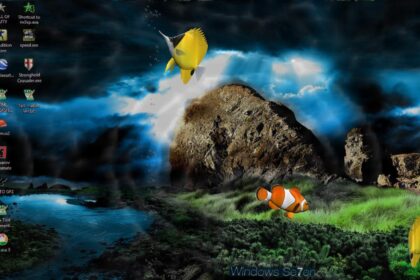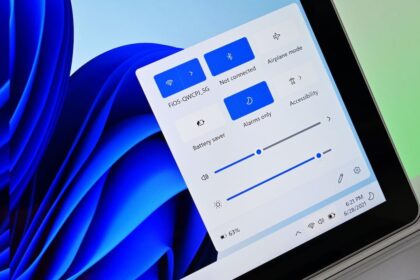The recent shift in leadership at Windows seems to be bringing more changes than expected. Microsoft has started stirring excitement again with an official teaser hinting at “something big” coming this Thursday, October 16. Posted from the @Windows account, the message — “Your hands are about to get some PTO…” — suggests a new way of interacting with the PC.
The hint aligns with the company’s recent statements about voice control and smarter system interactions. Observers, including Windows Central, have connected the teaser to ongoing internal discussions about making Windows more intuitive and responsive to context.
Your hands are about to get some PTO 👋
Time to rest those fingers…something big is coming Thursday 👀
— Windows (@Windows) October 14, 2025
What could be arriving in Windows 11 this week
The phrase “rest your fingers” clearly points to reduced reliance on the keyboard and mouse, with more emphasis on voice input. Pavan Davuluri, head of Windows, mentioned that soon users will be able to talk to their PC while writing or drawing, and the system will understand their intended actions. David Weston echoed this, saying the computer will be able to “see what we see, hear what we hear, and respond to more complex requests.”
Recent moves, such as guiding users through Settings and introducing smarter shortcuts in Windows 11 25H2, suggest that these are early steps toward a system that can interpret natural instructions — like “my pointer is too small” or “adjust this by voice” — and act on them with user approval.
Hardware is ready, software is next
New Copilot+ PCs and improved processing units make it possible to handle voice and vision processing locally, which means faster responses and better privacy. This sets the stage for a version of Windows that understands context — like open windows or screen content — and can respond to commands verbally. What started as “all touch” with Windows 8 in 2012 could evolve into an “all voice and context” experience in 2025, while still supporting traditional input methods like keyboard, mouse, and touch.
Step-by-step evolution
Microsoft’s roadmap, including new help features in Settings and updates across 24H2/25H2, indicates a gradual approach: start with guidance and smart shortcuts, then expand to automation and commands that handle full tasks.
It’s also clear that Microsoft has no plans to release a Windows 12. The focus remains on evolving Windows 11 through feature packs and built-in capabilities, particularly around the Copilot system, rather than launching an entirely new operating system.

